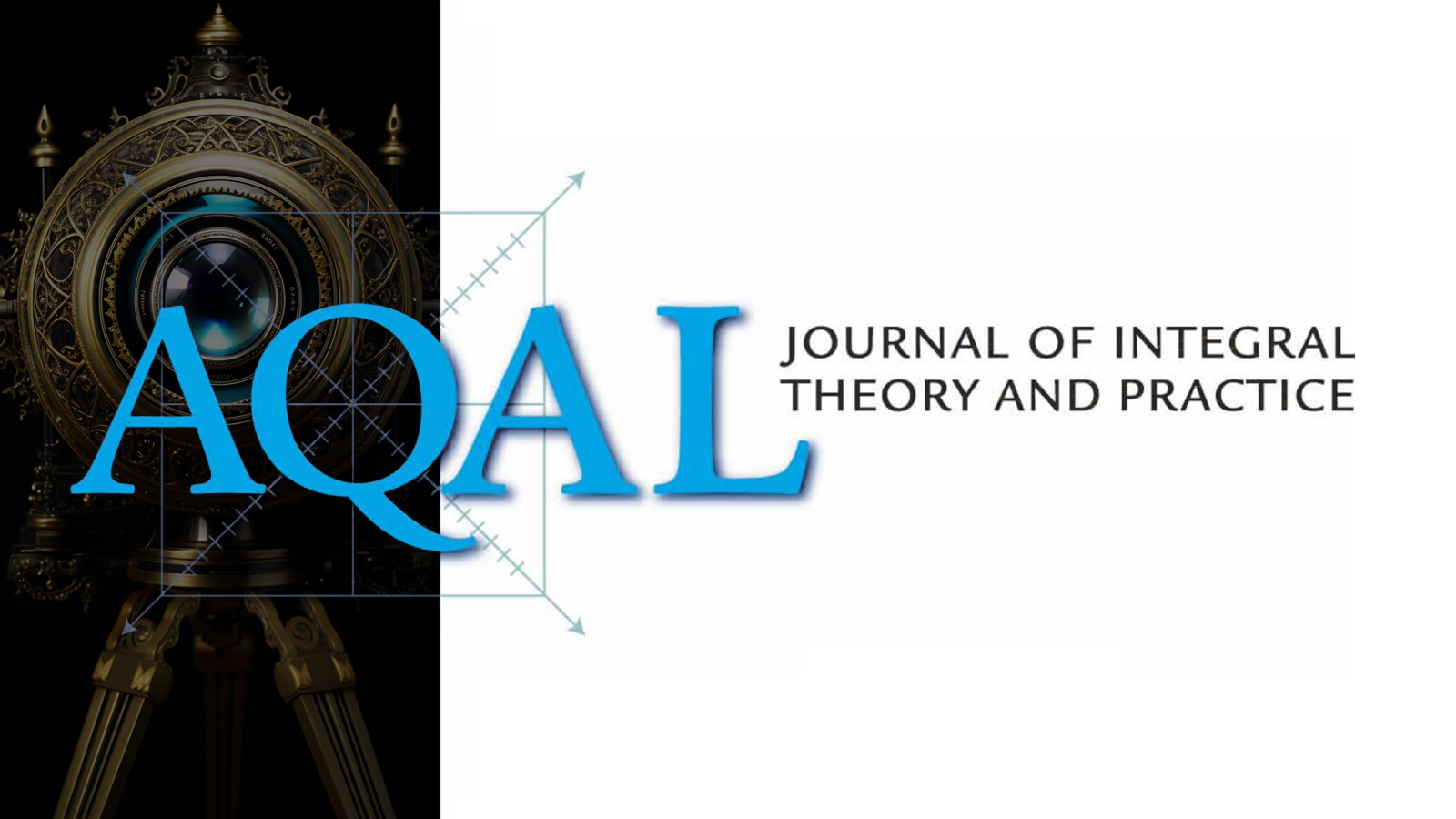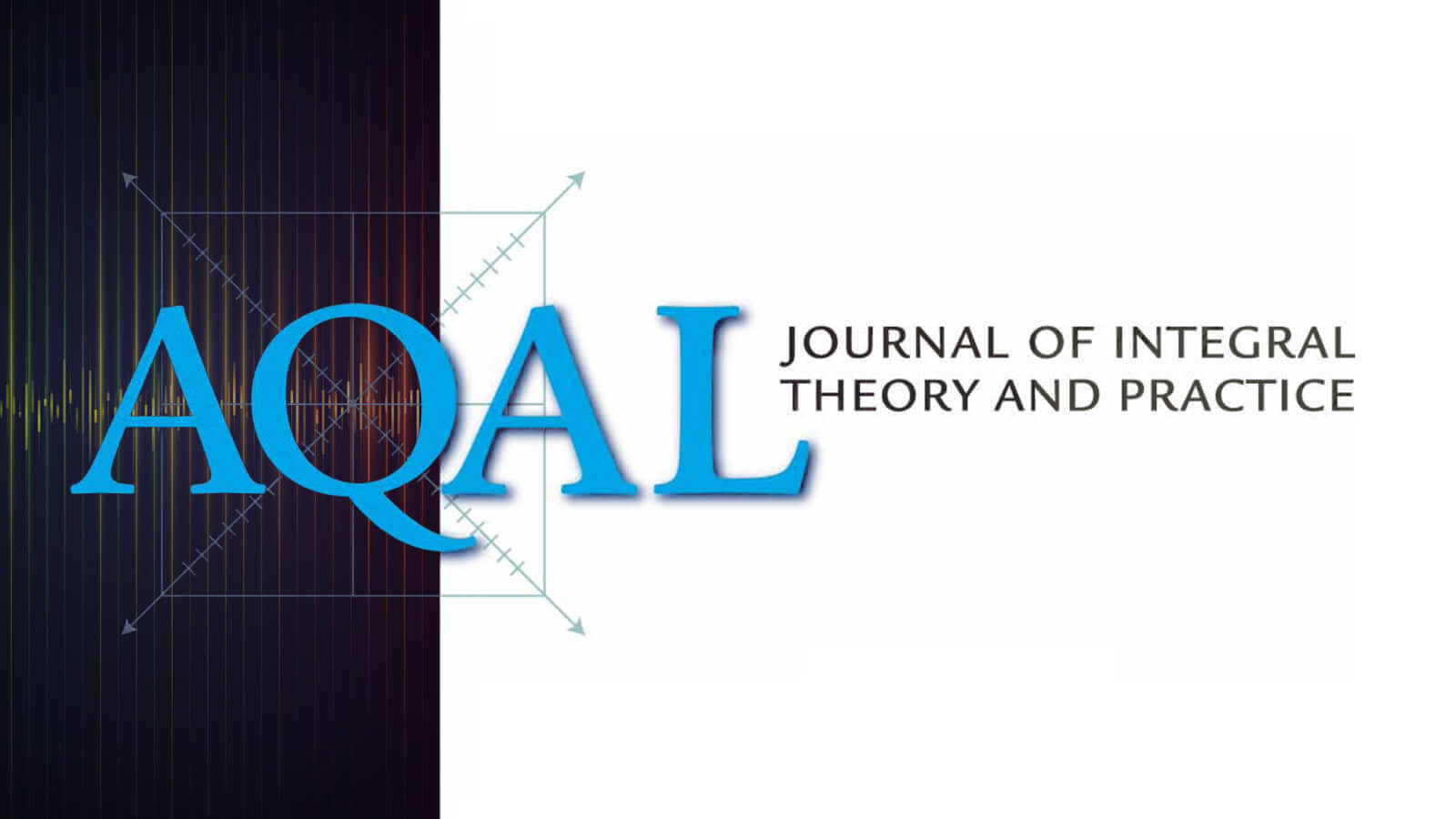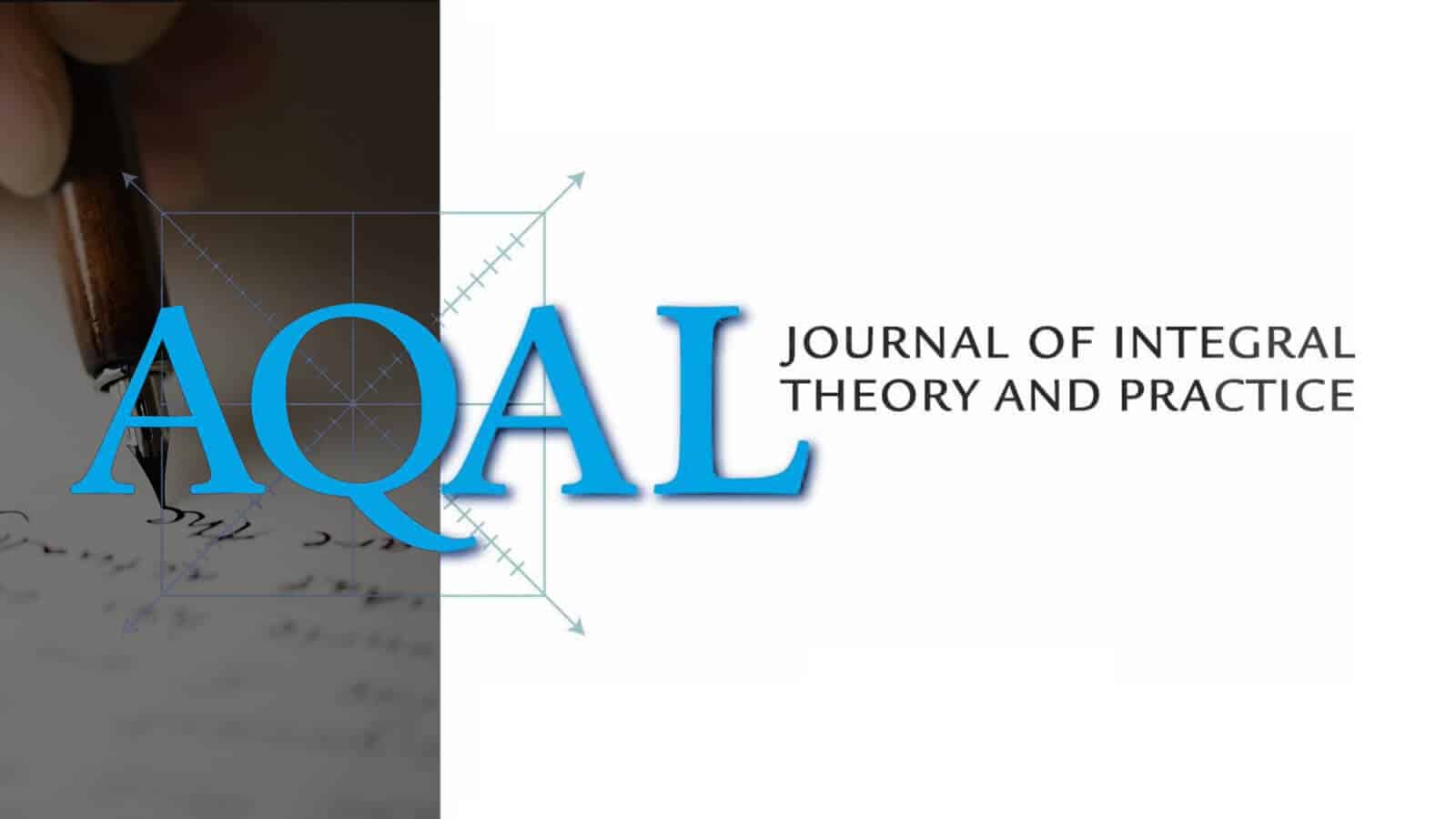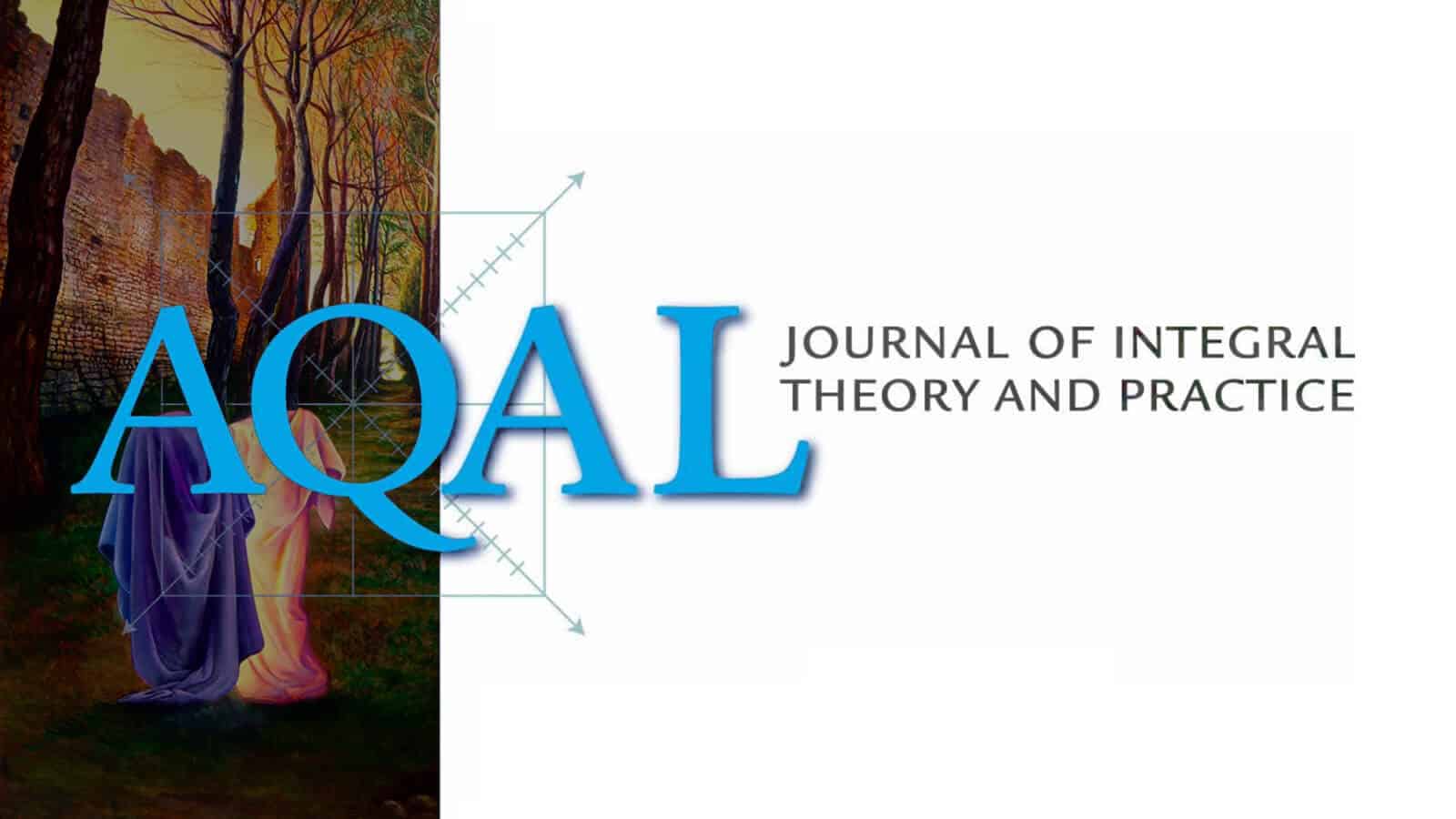Defining characteristics of what may constitute an integral cinematic work are mapped out and developed into a set of evaluation criteria using the works of Dulac, Gebser, and Wilber. A test of these evaluation criteria with the viewing of several motion pictures is summarized; the results suggest that several past and recent films demonstrate qualities that could be said to constitute an integral cinematic work.


 October 1, 2023
October 1, 2023 


